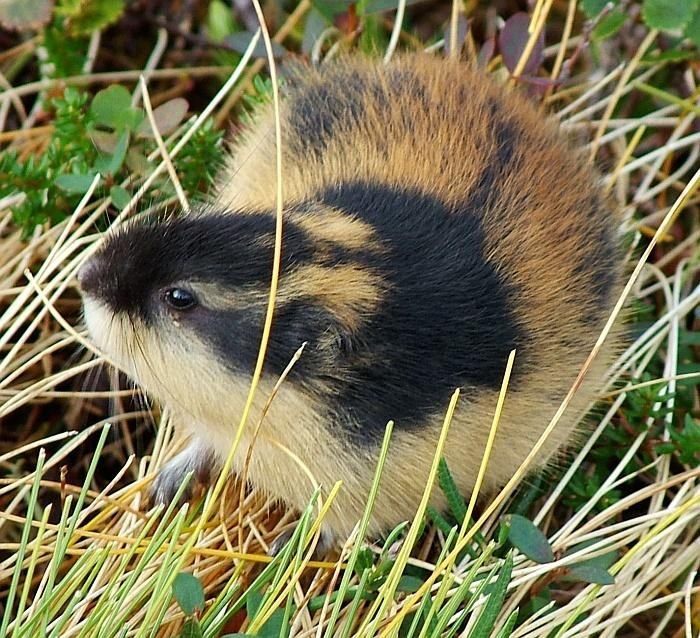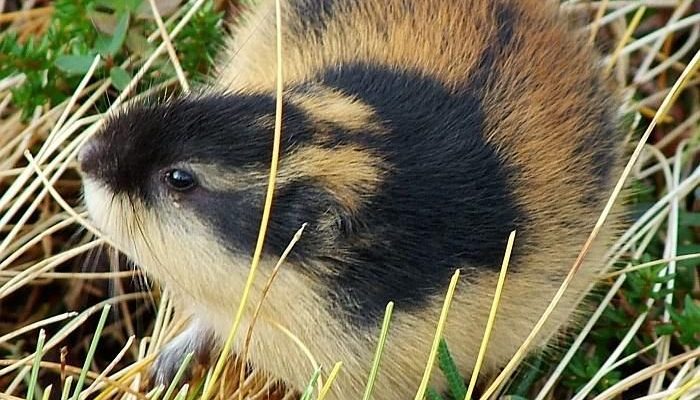
Lemmings are small, herbivorous rodents that inhabit the Arctic and subarctic regions. They’re known for their fascinating population booms and crashes, which can create quite a spectacle. Picture a bustling city on a Saturday night: everyone’s out and about, and there’s a buzz in the air. That’s what a lemming population explosion looks like! But these fluctuations don’t just affect lemmings; they ripple through their entire ecosystem. Let me explain how.
What Are Lemmings?
To understand lemmings’ role in their ecosystem, we first need to get to know them a bit better. Lemmings belong to the family Cricetidae, which includes many other rodents. They’re typically found in the arctic tundra, where they thrive in cold temperatures and low vegetation. There are several species of lemmings, but the most commonly recognized are the Norwegian lemming and the Siberian lemming.
Lemmings are well-adapted to their harsh environment. They have thick fur to keep them warm and powerful little bodies that allow them to dig and tunnel in the snow. They primarily feed on grasses, mosses, and other vegetation, making them herbivores. You might wonder how they survive such cold winters. Well, they spend a lot of time under the snow, which acts as insulation, providing them with shelter and access to food.
The Food Chain: Lemmings as a Food Source
One of the most significant roles lemmings play is as a food source for various predators. When lemming populations boom, they attract a host of animals eager for a meal. Think of them as the appetizers in a big feast for predators like snowy owls, arctic foxes, and even larger birds of prey.
During a population peak, these predators can thrive, too, as they have an abundant food supply. It’s a classic case of the food chain in action: lemmings support a whole host of wildlife simply by existing. If you were to take lemmings out of the equation, many of these predators would struggle to find enough food, which could lead to declines in their populations.
Vegetation and Soil Health: The Impact of Lemmings
Lemmings aren’t just about feeding predators—they also play an important role in shaping their habitat. By munching on grasses and plants, they help control vegetation growth. This grazing prevents any one type of plant from taking over, maintaining a healthy balance of plant life in their ecosystem.
Moreover, as lemmings dig and burrow into the soil, they aerate it, which improves soil quality. Healthy soil is essential for plant growth, helping to sustain the vegetation that supports other animals and insects. So, in a way, lemmings help keep the whole ecosystem lively and diverse.
Population Dynamics: The Boom and Bust Cycle
One of the most fascinating aspects of lemmings is their population dynamics. They experience dramatic fluctuations in numbers every few years. Imagine a roller coaster ride that goes up and down: you’re thrilled, but you also know it won’t last forever. This boom-and-bust cycle is a natural phenomenon and has significant impacts on their ecosystem.
During a boom, lemmings reproduce rapidly, leading to a surge in their population. This increase can last for a couple of years before crashing back down. When the population declines, it can cause a cascade effect on the animals that rely on them for food. Predators might struggle initially, but over time, they adapt to the changes in food availability.
This cycle also allows plant life to recover during the bust years, ensuring the ecosystem’s health. It’s a delicate dance, one that showcases nature’s balance.
Climate Change and Its Impact on Lemmings
Unfortunately, like many species, lemmings are feeling the effects of climate change. As their Arctic habitat warms, it can disrupt their population cycles and affect their food sources. The melting snow can make it harder for them to find shelter and remain hidden from predators.
Interestingly, some research suggests that warmer temperatures could lead to changes in the types of vegetation available to lemmings, impacting their diets. If they can’t find their preferred food, it could lead to further population declines. This highlights how interconnected ecosystems are and shows us just how critical lemmings are to the balance of life in the tundra.
Conservation: Why Lemmings Matter
You may be wondering, why should anyone care about lemmings in the grand scheme of things? The truth is, they are essential to the entire Arctic ecosystem. Without them, there are potential consequences for other species, including predators that rely on them for food and plants that benefit from their grazing.
Conservation efforts aimed at protecting lemmings can also help body larger habitats and the variety of life they support. By keeping these little creatures safe, we’re also safeguarding the health of our planet. Whether you’re a nature enthusiast or just someone who enjoys a good story about a tiny rodent, recognizing the importance of lemmings can help foster a deeper appreciation for our world.
In closing, lemmings are so much more than cute little creatures that occasionally make headlines for their dramatic dives. They serve as a crucial part of their ecosystem, acting as both prey and landscape gardeners. Their population cycles influence predators and the overall health of their environment. If lemmings can teach us anything, it’s that every species, no matter how small, plays a vital role in the grand tapestry of life. So, the next time you think about lemmings, remember their importance and the delicate balance they help maintain in the Arctic.

